Matteo Thun round-up
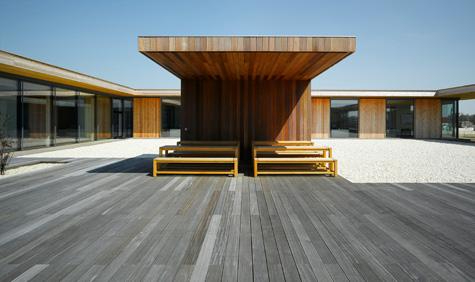
Italian architect, Matteo Thun, has built quite a reputation for his sensitive approach to corporate spaces. Both Hugo Boss and Vodafone have benefited from his fluid, delicate renditions of office buildings in the past, and now German timber giant Binder have done the same with Thun's reworking of its Munich woodmill.

see more images of Binder's HQ in Munich
The carefully laid out and generously proportioned pavilions, courtyards and gardens of the wood centre clearly answers the question of how architecture can be used to create a strong corporate identity. Almost every space is sheathed in a pattern of alternating glass and panels of spruch and larch - one of Binder’s best-selling timber products. In effect, Thun has turned the entire complex into a calling card.
‘The construction becomes a self-explaining showroom,’ the architect says.
It’s a clever approach that Thun has applied again with great effect to his design for a power station in the German city of Schilling. The massive cylindrical structure and the machinery within are cloaked with a light criss-crossed web made of the very same local timber used in the nearby sawmill (the waste from which the power station turns into combustible biomass that, in turn, is used to power the sawmill, a hospital and 1,450 homes in the neighbourhood).
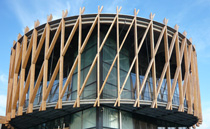
see more images of the power station in Schilling
'The idea of the power station’s transparent design,' says Thun, 'is to create an aesthetic form of ecology that combines lightness with stylistic clarity. The result is a feathery glass and steel building that’s wrapped around a visible technological heart that hides no secrets.'
Receive our daily digest of inspiration, escapism and design stories from around the world direct to your inbox.
We caught up with Matteo Thun to talk about these two Germany-based projects, what he's up to at the moment and where he's most like to be, right now.
When did you set up your office?
In 1984 in Milan.
What was the most difficult part of the Wood Center and Powerstation projects?
We had a low budget.
What are the features of the projects that you are most happy with?
Actually, I am happy when the client is happy.
How would you describe your style? Do you have a signature look that immediately identifies a work as Matteo Thun’s?
It’s architecture that results from the understanding of the ‘genius loci’, that respects the soul of the location.
What are your favourite buildings in the world?
Oslo’s new opera house. Jean Nouvel’s Musee du Quai Branly in Paris. And CCTV Tower by OMA/Rem Koolhaas and Ole Scheerenin Beijing.
Which of your projects to date are you most proud of?
The Vigilius Mountain Resort.
Why?
It was a very satisfying collaboration, thanks to a courageous, visionary owner.
Which architect do you most envy?
Ettore Sottsass.
What kind of project brief would you never accept?
I have to think about that…
What's your dream project?
The most important aspect for me is location. And I’ve realised it with my house in Capri.
What project are you working on now?
I’ve got projects in the Alps - Zermatt, Engadin, St Moritz and South Tyrol. And I’m doing ‘beyond luxury’ projects in Abu Dhabi and Dubai.
ADDRESS
Matteo Thun & Partners S.r.l.
Via Appiani 9
20121 Milano
Ellie Stathaki is the Architecture & Environment Director at Wallpaper*. She trained as an architect at the Aristotle University of Thessaloniki in Greece and studied architectural history at the Bartlett in London. Now an established journalist, she has been a member of the Wallpaper* team since 2006, visiting buildings across the globe and interviewing leading architects such as Tadao Ando and Rem Koolhaas. Ellie has also taken part in judging panels, moderated events, curated shows and contributed in books, such as The Contemporary House (Thames & Hudson, 2018), Glenn Sestig Architecture Diary (2020) and House London (2022).
-
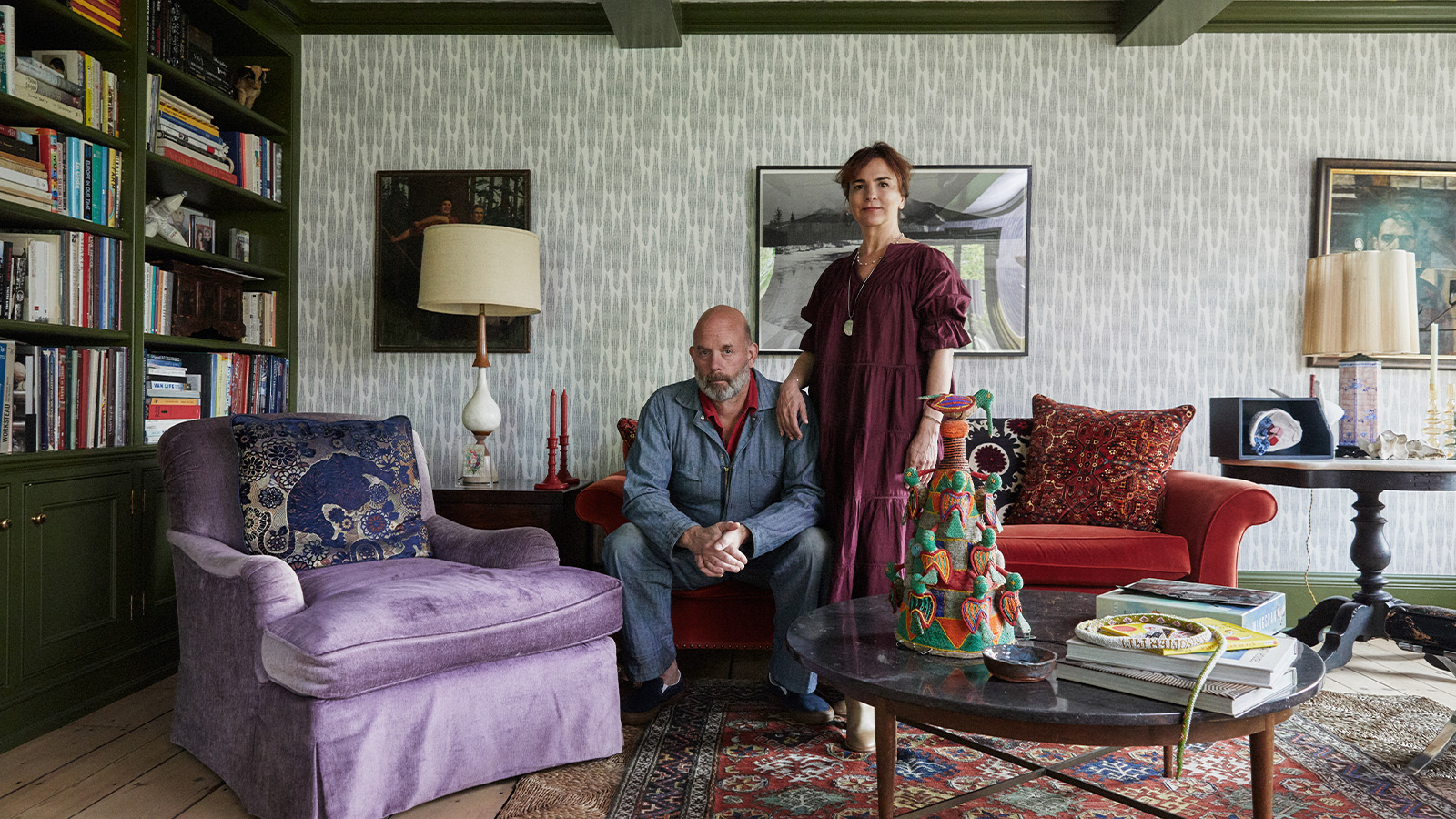 How We Host: Interior designer Heide Hendricks shows us how to throw the ultimate farmhouse fête
How We Host: Interior designer Heide Hendricks shows us how to throw the ultimate farmhouse fêteThe designer, one half of the American design firm Hendricks Churchill, delves into the art of entertaining – from pasta to playlists
-
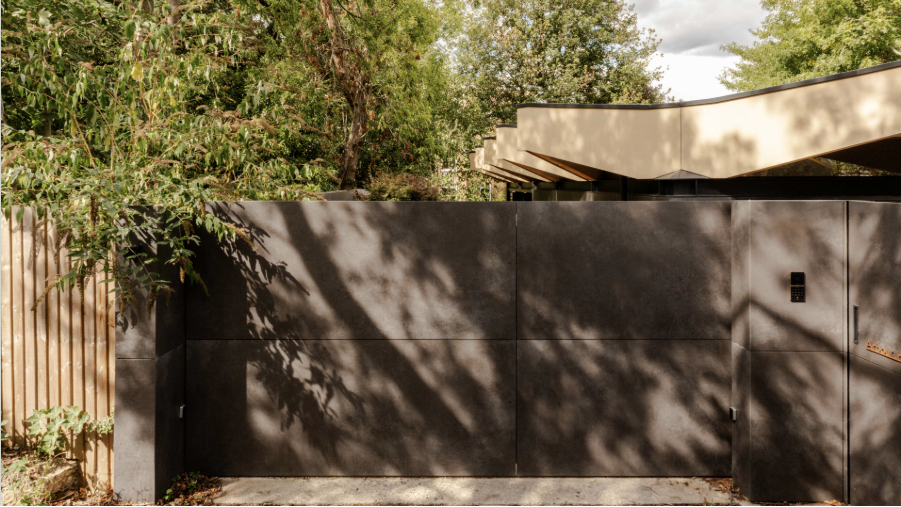 Arbour House is a north London home that lies low but punches high
Arbour House is a north London home that lies low but punches highArbour House by Andrei Saltykov is a low-lying Crouch End home with a striking roof structure that sets it apart
-
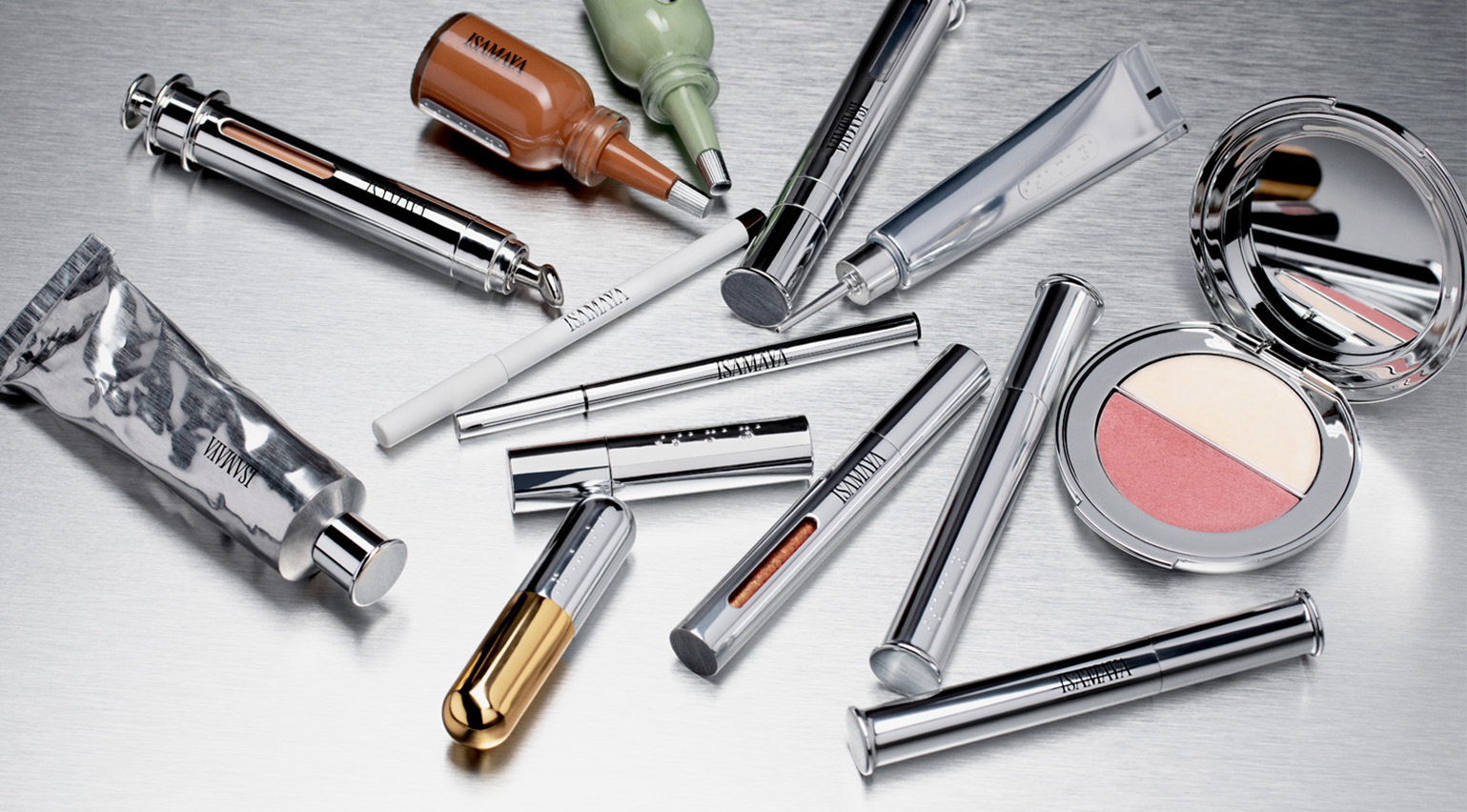 25 of the best beauty launches of 2025, from transformative skincare to offbeat scents
25 of the best beauty launches of 2025, from transformative skincare to offbeat scentsWallpaper* beauty editor Mary Cleary selects her beauty highlights of the year, spanning skincare, fragrance, hair and body care, make-up and wellness